3 Easy Ways to Shrink Your Carbon Footprint & Lower Energy Costs at Home
FOOTPRINTS IN THE SKY
3 Easy Ways to Shrink Your Carbon Footprint and Lower Energy Costs at Home
When hiking the Maine woods, they say “take only pictures, leave only footprints.” When it comes to our homes, while we should be encouraged to take lots of pictures, we should minimize our carbon footprint. Here are some easy ways to save money on energy, have a healthier home and help reduce greenhouse gasses to help the planet (and all its creatures).
What is a carbon footprint?
Your home’s carbon footprint is the total amount of greenhouse gas generated by your actions in and around your domicile. Energy is consumed and the carbon footprint is created when we light rooms, heat, cool, use water or electrify technology like computers or ovens. The reality is that if you use what you have with a greater sense of awareness and intention, you can have a big impact on the amount of resources you use, the amount of money you spend on these resources, lower your carbon footprint and ultimately help keep Earth hospitable for humans.
What can I do to lower my home’s carbon footprint?
This list comprises inexpensive, low hanging fruit, that you can easily implement today:
1. Water, Water Everywhere.
As fresh, potable water becomes more precious, the quote “Water, water, everywhere, nor any drop to drink” gains significance even for the land lubbers. Water uses energy when you clean it, pump it, or heat it. Heating water represents 20% of home energy consumption. Areas to easily lower your water consumption are:
Dishwasher- plates well scraped before going in, full before you run it, use energy efficiency setting, when hand-washing plateware- moisten all plateware, turn off water, wash all plateware, then turn on water and rinse all plateware.
Clothes Washer- wash only full loads or use load size adjustment if available.
Water Heater- set to maximum high of 120℉-125℉, wrap tank with an insulator, use pipe insulation for hot water pipes where possible.
Faucets- a leaky faucet loses up to 1,661 gallons per year.
Showers account for 17% of home water usage. If your shower head was purchased in the US after 1992, it uses no more than 2.5 gallons per minute (gpm) and with the average shower of 8 minutes, that’s 20 gallons per shower. A more efficient shower head of 2.1 gpm and one less minute of water running could save 1,935 heated gallons of water each year. Luxurious shower heads are available with as low as 1.25 gpm and one even has a heat sensor that pauses the water flow once it reaches a specified temperature. Also, when shopping for a new shower head (faucet or toilet), look for the EPA WaterSense endorsement.
Toilets/Bathroom- “If it’s yellow, let it mellow…” is the old adage. People with wells understand the precious and limited nature of water when the well runs dry; those on town or city water are charged for every gallon flowing in and out. But if this mellow yellow rule is unacceptable to you, consider installing a low flow toilet to help stop flushing clean water and your money down the toilet (Low Flow Hack: Fill a 1 liter bottle with water and affix it to the inside of your tank to save 480 gallons a year).
2. Heating & Cooling is the Biggest Energy Beast to Tame.
Unless you mine bitcoin, heating and cooling your home is your largest energy user, usually represents about 53% of home energy costs and is directly related to your home’s carbon footprint. Here are some quick, easy to implement ways to improve your energy use:
Sunlight- Sunlight is FREE HEAT. During winter, open shades when the sun shines on a window and close shades when the light is gone. In the summer, do the opposite to keep your house cool as cucumber.
Thermometer- For every 1℉ you can set back your temperature (heating or cooling), you can save 1% of your heating and cooling energy use and bills. For even more savings, install a programmable or smart thermostat to be your energy Miser and save 10%.
Caulk- A leaky house is a freaky house and let’s in hot air in summer and cold air in winter. Use a caulk gun (child safe) and interior caulk to seal up cracks around windows and doors. Instructions here: How to Caulk Windows Inside Your Home, How to Caulk a Door Jam.
Filters- clean or replace your heating and cooling system filters; you can breathe through a clean mask but not through a pile of dust bunnies. The easier it is for these machines to get air, the more efficiently they will operate and the longer they will last.
Service- Schedule regular service and cleaning for your heating and cooling systems to ensure optimal and efficient operation.
3. You Light Up My Life, but Empty my Wallet
The creation of electricity and its eventual waste or use currently represents about 25% of US Greenhouse Gas Emissions and while controlling its use in your home will not single-handedly save the planet, it will make you part of the solution and help shrink your carbon footprint while saving you money.
Appliances- If your last name is Bezos or Musk then stop reading this article and go buy new, energy efficient appliances and have them installed immediately. If that’s not your name, change them out when you can afford to do so. In the meantime, check gaskets on your refrigerator, freezer and replace if needed. Buy Gaskets.
Refrigerator/Freezer- These are not places to browse; get in, get out. Also, a full refrigerator/freezer that is not overcrowded has good airflow, stays colder and runs at optimal efficiency. Use energy saver settings and make sure the fridge is set and operates between 35℉-38℉ and the freezer temperature is just below 0℉. Keep all filters clean for optimum efficiency and long life.
Lighting- Incandescent bulbs, like the one Thomas Edison created, are like using an empty train to get you to the next town: 90% of the energy a bulb uses goes to heat and 10% creates light. Replace those relics with LED bulbs in any hue you desire and they will become the light of your life. Also clear out those dangerous mercury-laden CFL’s and dispose of them safely.
Killing Vampires (No wooden stake required)- Killing vampire energy consumers in your home is as easy as unplugging items you are not using; anything with a light, battery or a clock is sucking you dry, i.e. computers, speakers, televisions, dvd players, printers & video game consoles.
Power Strip- Keep your clothes on and get power strips for your electronics so that an entire group of Vampires can be “offed” with the flick of a switch.
Get Smart - Smart appliances, lighting, wall switches or even just plugs for your outlets for items you could have on timers (think holiday lights, house lights, plant lights) can reduce your energy without you needing to remember to turn them off. They can even be voice controlled with your favorite talking (& listening, shhh) device.
Overcoming life’s challenges can be difficult but lowering your carbon footprint is not. These steps will shrink your carbon footprint and save you some loot. Consider reinvesting savings for bigger projects (like updating those appliances).
And keep taking those pictures.
____________________________________________________________
Air sealing your home, according to the state of Maine (https://www.efficiencymaine.com/at-home/air-sealing/) costs, on average, $850 and there is a $500 Rebate from the state of Maine. This means if you invest $350 ($850-$500) then you can save $3,500 in energy costs over the next 10 years. If you know of any other ways our readers can get 10x their money in 10 years, please let us know.
https://smarterhouse.org/start-here/saving-energy-your-home
Database of State Incentives for Renewables and Efficiency (DSIRE)
https://smarterhouse.org/start-here/planning-energy-improvements-0


